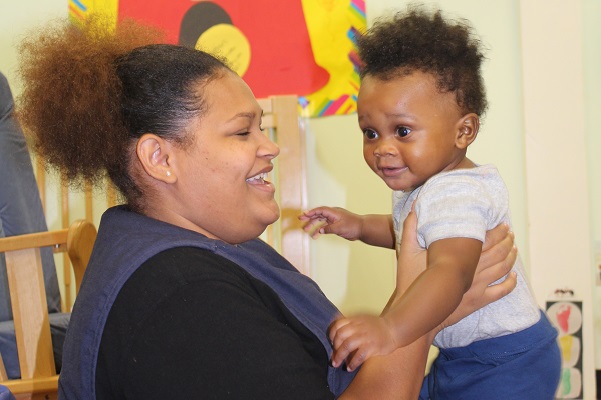Continuity of Care Tip Sheet
This tip sheet outlines how continuity of care is key to the healthy development of young children birth to 3. It also lists three types of continuity of care systems.
 Continuity of care refers to maintaining consistent relationships and routines for infants and toddlers, which is crucial for their development. Early Head Start programs emphasize this through strategies like mixed-age groups and partnerships for children with special needs.
Continuity of care refers to maintaining consistent relationships and routines for infants and toddlers, which is crucial for their development. Early Head Start programs emphasize this through strategies like mixed-age groups and partnerships for children with special needs.
Resources below cover the benefits of continuity of care, program implementation, and addressing challenges like families experiencing homelessness.
This tip sheet outlines how continuity of care is key to the healthy development of young children birth to 3. It also lists three types of continuity of care systems.
Eligibility, Recruitment, Selection, Enrollment, and Attendance (ERSEA) policies and procedures help Head Start programs provide services for families most in need of them. Explore how to address specific challenges, such as family homelessness, that can interfere with consistent service access.
Continuity of care is important to all infants and toddlers. Learn how Early Head Start-Child Care Partnerships help child care programs provide consistent caregivers to infants and toddlers with special needs.
This guide presents the benefits of and strategies in offering mixed-age groupings. Explore this resource to learn how to support continuity of care for young children and families.
Center-based programs can use these resources to support decisions about implementing continuity of care and choosing the best type for their program.
Learn more about continuity of care. Find out how it can support young children’s development. Explore why using it in your program can help build better relationships between children, families, and their teachers.
Learn about three elements that bridge continuity of care in Early Head Start programs. Review strategies that build on continuity of care and support children and families through early transitions.
These resources support early childhood professionals in partnering with families of children with disabilities to manage changes, such as starting a new program or moving locations.
HeadStart.gov
official website of the Administration for Children and Families